How to Get Rid of Fungus Gnats Safely
Get rid of fungus gnats now! I have tried every other method recommended but with no success. See how I get rid of fungus gnats effectively and safely!
How to get rid of fungus gnats is easy, and natural but ongoing. I tell you why you are never free of these plant gnats and I have links to what I use. Learn how to kill not only the fungus gnats but also the fungus gnat larvae.
I wrote this article as I was getting so many questions on how to get rid of gnats in houseplants aka indoor plants. Be sure to read to the end as I added some updated information for you.
What you will learn:
- What are Fungus Gnats
- Are Fungus Gnats Harmful
- Why Fungus Gnats Persist
- What hasn’t Worked but Many Promote
- What does Work (after a lot of testing)
What Are Fungus Gnats – Plant Gnats?
Fungus gnats (families Mycetophilidae and Sciaridae) are the grayish-black, delicate little winged critters that resemble fruit flies or tiny mosquitoes. They love humid, moist conditions and organic matter.
If you have bugs in your soil that fly up from the soil surface of your houseplants when watering then you most likely have fungus gnats!
Are Fungus Gnats Harmful?
Yes! The adult fungus gnats can cause harm to your plants by spreading fungal diseases to your plants and seedlings. Worse yet, they lay eggs, a lot of eggs in the soil.
A typical fungus gnat can lay up to 300 eggs.
During the larval stages, they feast on organic matter and roots, feeder roots, and root hairs of young plants and more established. The organic material in moist soil is perfect for a fungus gnat infestation.
This can weaken and kill your plants.
Can you see why we need to control these houseplant pests?
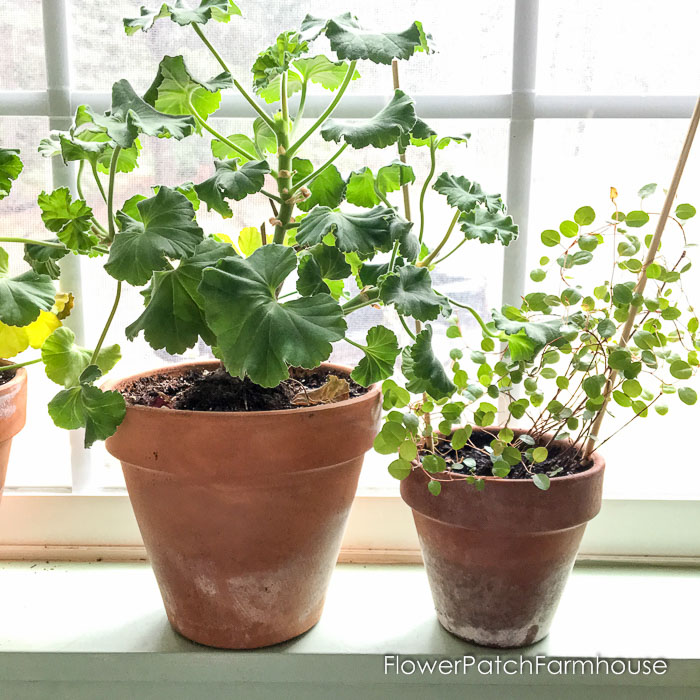
Related: Grow in the Dark, plants that grow in very low light
Developmental Stages
Fungus gnats go through four main stages in their life: egg, larva, pupa, and adult. First, the adult females lay tiny, see-through eggs in damp soil or places with lots of moisture. These eggs hatch into larvae, which are like small, legless worms with a shiny black head.
The larvae eat fungi, decaying plants, and other organic stuff in the soil. As they get bigger, they shed their skin a few times. After eating and growing, the larvae become pupae, the pupal stage is like a resting period.
In this stage, they transform into adult fungus gnats. The adults emerge from the pupal case, and the cycle starts again. These life stages can happen in just a few weeks, especially when conditions are right. Fungus gnats like moist areas.
Why Fungus Gnats Persist
One primary reason fungus gnats persist is that new plants you bring home and potting soils all have them. They can contain both the adult gnats and the tiny eggs.
Gardeners can’t get away from it. It is part of the life cycle, especially if you are an organic gardener.
Potting soils purchased at garden centers, big box stores, and so on are all stored together. The potting soils are full of moist organic debris, perfect conditions fungus gnats love to breed in.
It is no one’s fault.
If you have a fungus gnat problem it is not because you are overwatering. I roll my eyes each time I read someone saying that.
Case in point, I was rid of the fungus gnats in my home. I suddenly noticed I had them again and wondered what was going on.
I water on a consistent schedule and adjust as the needs of plants change because of the environment and season.
Then I remembered I had brought home some herb plants that were on sale at a great price at a big box store and had placed them on my kitchen window sill until I could get them re-potted and into the greenhouse to grow on.
Sure enough, the plant soils were infested with fungus gnat adults and eggs in large numbers.
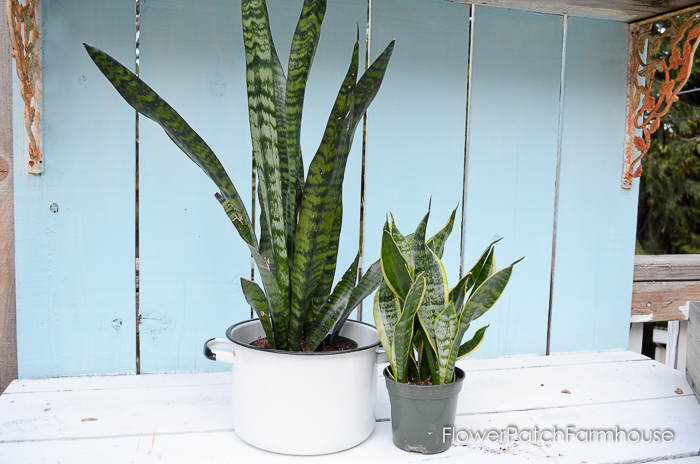
Hydrogen Peroxide and Fungus Gnat Larvae
Many gardeners love to use Hydrogen peroxide to kill fungus gnat larvae.
I cannot claim it is strictly organic as the 3% solution you can purchase has chemicals and additives that may not fit the criteria.
To use 3% hydrogen peroxide first dilute it to a mix of 4 to 1. An example is 1/4 cup of the 3% peroxide to 1 cup of water.
You can water the soil of houseplants with the diluted hydrogen peroxide solution from the top of the soil if you don’t splash the leaves.
If it is seedlings and you can’t water from the top then you can set the seedling pots or tray into the solution to soak up from the bottom. (I have found that seedlings are super tender and you may need to dilute it more or use an alternate method)
I have had limited success with hydrogen peroxide so if you find that it does not do the trick for you either, read on.
Neem Oil for Fungus Gnats
Neem oil is one way that is considered natural to deal with those annoying fungus gnats. It has some good points and some not-so-good ones.
On the positive side, neem oil is made from the neem tree, so it’s mostly friendly to the environment. It has a special ingredient called azadirachtin that messes up the life cycle of insects, including fungus gnats.
Neem oil works by keeping adult gnats away and stopping the gnat larvae from growing. But, there are some downsides.
Neem oil has a strong smell that some people don’t like, including me, and it sticks around after you use it. It could also hurt the leaves of certain plants if you use too much.
Also, you need to use it regularly and carefully for it to work well, and its effectiveness can depend on things like the type of plant and where you’re using it.
Treat Fungus Gnats Organically
One of the best fungus gnat killers is Yellow Sticky Traps. Yep, these simple little yellow sticky cards.
They keep the population of adults down so they cannot lay eggs and repeat the circle of fungus gnat life.
When the small flies in your plants start to come out when you water and fly up they land on these traps to their everlasting demise.
Yellow Sticky traps can be found here.
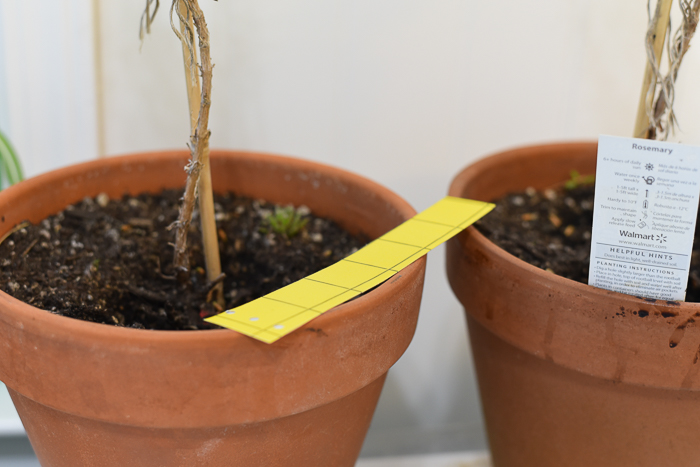
They come with little wire spikes to stick them into the soil but I don’t use those. I peel one side of the paper off to reveal the sticky stuff. Then lay it, sticky side up, on the edge of the pot that I have noticed gnats swarming up from when watering.
On my plants inside the house, I see an outbreak of these nasty little black flies typically at the end of February and the beginning of March so I set out traps.
After a few days, I see them begin pile up on the traps.
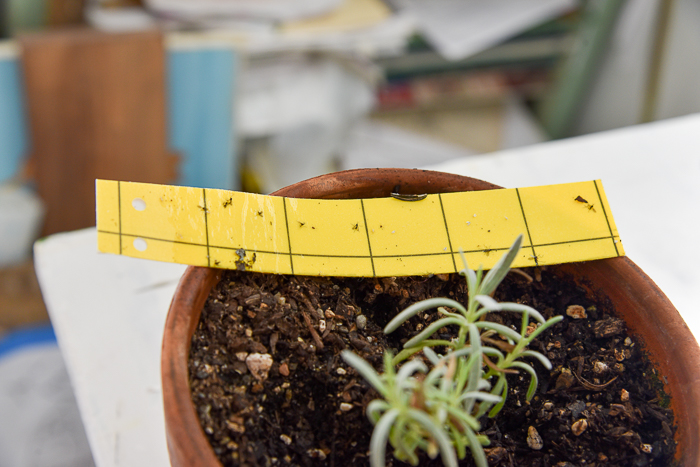
To control fungus gnats inside my greenhouse I keep sticky traps out all year round.
My greenhouse is where I re-pot plants, start seeds, etc and I have my bags of potting soil or mix my own from my compost so fungus gnats get brought in constantly.
(I don’t like the odor of Neem drench so I don’t use it in my greenhouse either)
It sounds too simple but that has been the easiest and most effective method to control them.
I purchase my sticky traps at a local garden center. They can also be bought from Amazon and box stores.
Not only do they work for Fungus Gnats but also White Flies, Aphids, and Leaf Miners. More bang for the buck!
Some people make their own but the traps are so inexpensive that it is not worth it to me.
Some have mentioned that the traps can catch beneficial insects too but I have not had that be an issue. Mostly I only catch the fungus gnats and recently a spider.
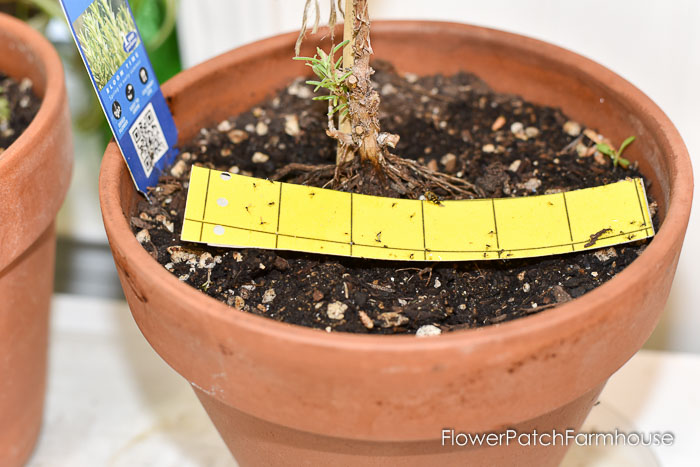
Mosquito Bits for Fungus Gnats
This is an update to this article. I found out about this a couple of years ago and it works!
Use these mosquito bits, it kills the larvae of the Fungus Gnats.
When you use the yellow sticky traps and the bits together you have a well-rounded method to eliminate both the adults and the larvae.
Mix the bits into any new potting soil you use and you should see a dramatic reduction in any fungus gnats problem.
This year I have been putting the Mosquito Bits granules into the pitcher of water I let sit out to come to room temperature before watering. (mosquito dunks will work too)
This allows the agent that kills the larvae to filter through the soil of established plants. The active ingredient is BT.
I had been sprinkling it on top of the soil but then I noted the granules would grow mold.
Is your Potting Soil Infested?
Crazy as it sounds sometimes I pasteurize my soil if I notice an excess of fungus gnats before potting up sensitive plants and cuttings. Do I always do this?
No, but it has been effective for so many problems.
Buying sterile seed starting mix takes care of the need to pasteurize but I was starting seeds on a larger scale and wanted to use my own compost mix.
Not only does pasteurizing get rid of the larvae present in just about any potting soil but it will also get rid of the pesky bacteria that can cause damping-off when you start seeds.
The temp is enough to get rid of the bad organisms without killing the good.
How to Pasteurize Soil
Note: I no longer bother with pasteurizing when just repotting plants, I tell you why at the end of this article.
Pre-heat your oven to 200 degrees Fahrenheit. Pour up to 4 inches of your potting soil into a large baking pan (I like the large aluminum ones you can get at the Dollar Store) and put a meat thermometer in the center of the tray, deep into the dirt.
Place the tray in the oven and monitor the dirt’s temperature. Once the center of the dirt reads 160 degrees, bake for 30 minutes.
Allow the dirt to cool thoroughly before using.
Boiling Water for Fungus Gnats
When I am in a hurry, I pour boiling water through the soil, in a wire sieve and let that do the work. (I primarily do this now as it is so easy to do though a bit messy so it is an outdoor job)
What hasn’t worked to get rid of fungus gnats
When researching how to handle fungus gnats I came across many methods that sounded good but did not work for me when I tried them. (others may have found them effective, but I did not)
Letting the soil dry out.
This did not work because a few of my plants got stressed and showed signs of it by getting brown leaf tips like my Peace Lily (Spathiphyllum) Peace Lilies like constant moisture.
Also, new cuttings just rooted and planted need to be kept moist to grow best so letting them dry out to the first two inches would be a death sentence for them.
We are talking moist, not drenched but they do need constant moistness to thrive. And that is doubly so for seedlings.
Removing topsoil and replacing it with sand.
If you get potting soil already infested then the bug larvae are deep enough to be noshing away on the plant roots.
Sand is supposed to discourage the adults from laying eggs and continuing the cycle but if you read above on why fungus gnats persist you will see why this is just added work.
I did try it though but did not get the results I wanted. The rascals entered along the bottom drain hole instead of on top.
There are a couple of things I have not tried which are an organic pesticide soil drench (Neem, I have it but don’t use it for plants in my home as I don’t care for the odor of it) or beneficial nematodes.
A great garden read: Compact Plants for Small Gardens
enjoyed this? Please PIN and share.
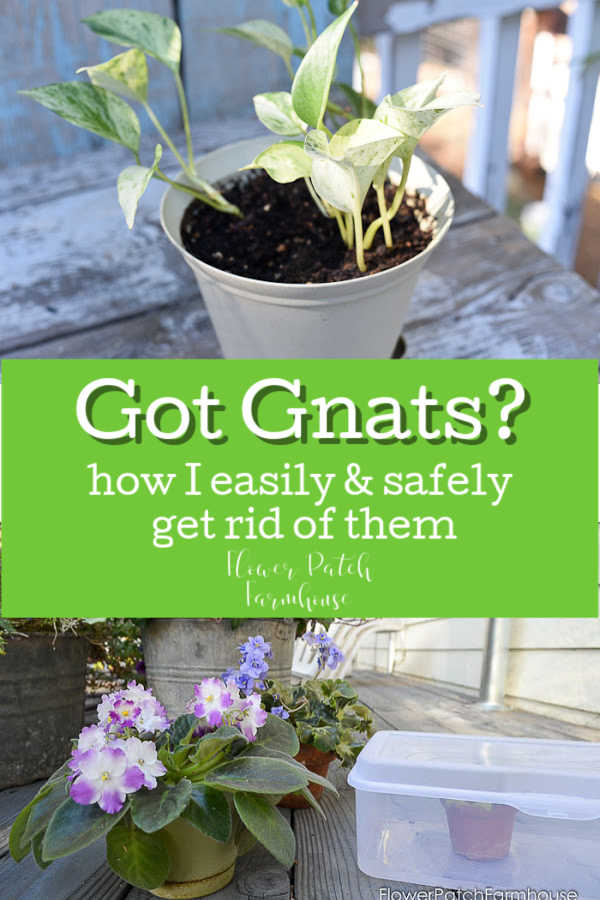
Happy Gardening!
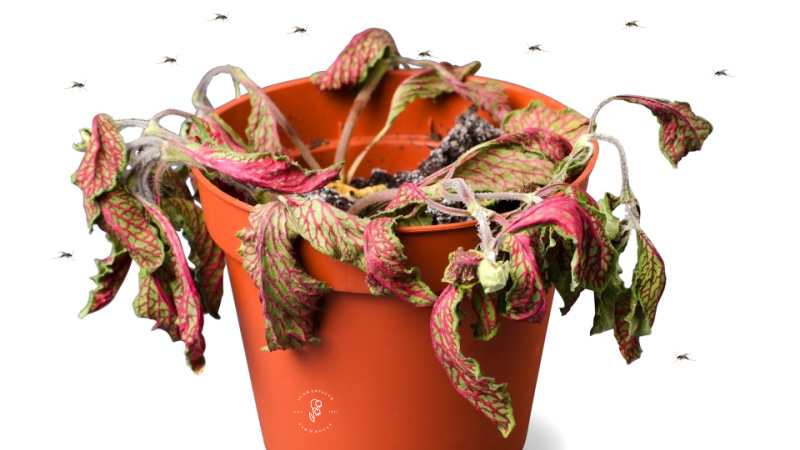
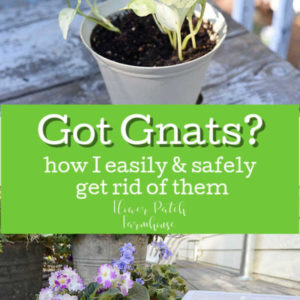
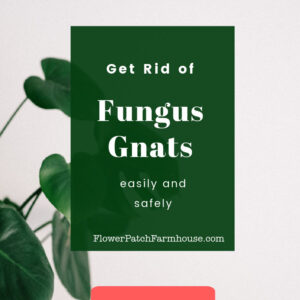
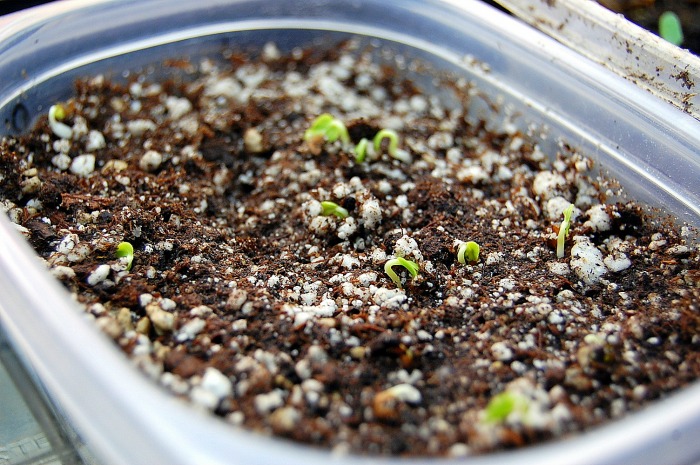
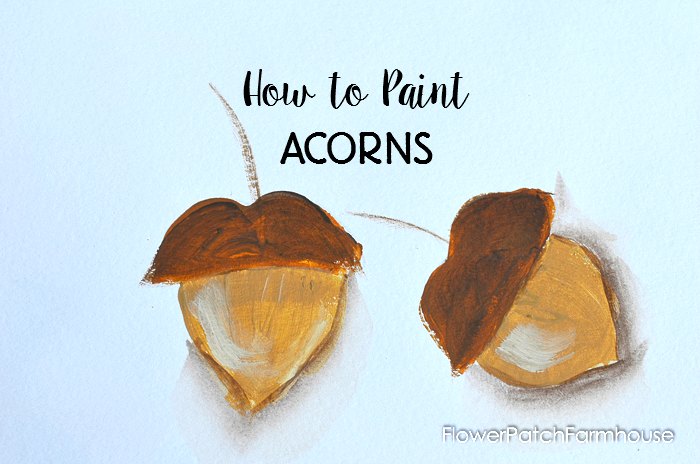
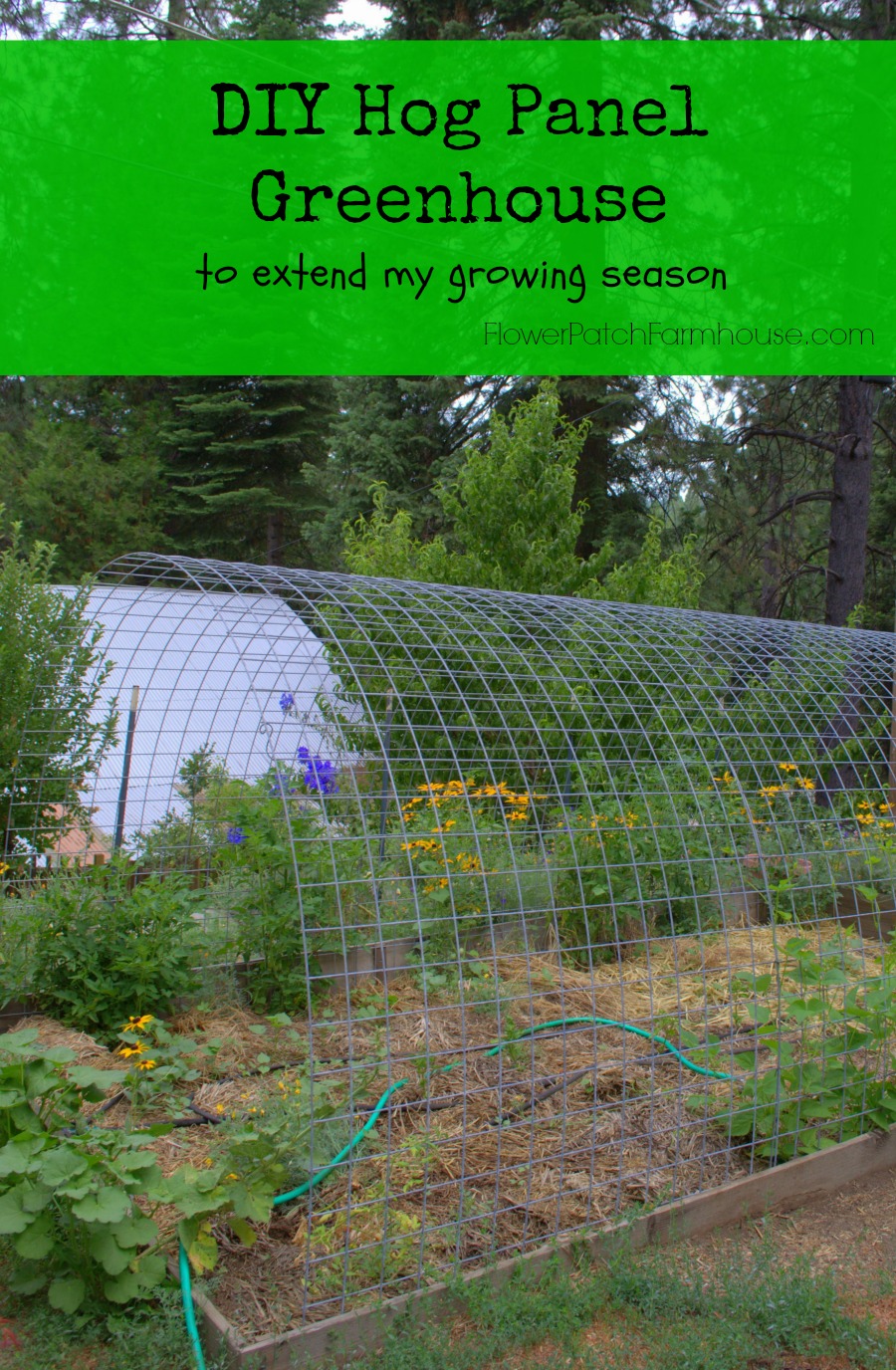
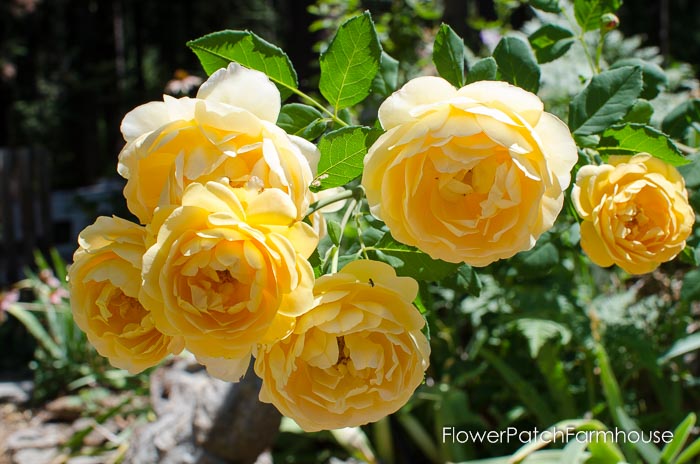
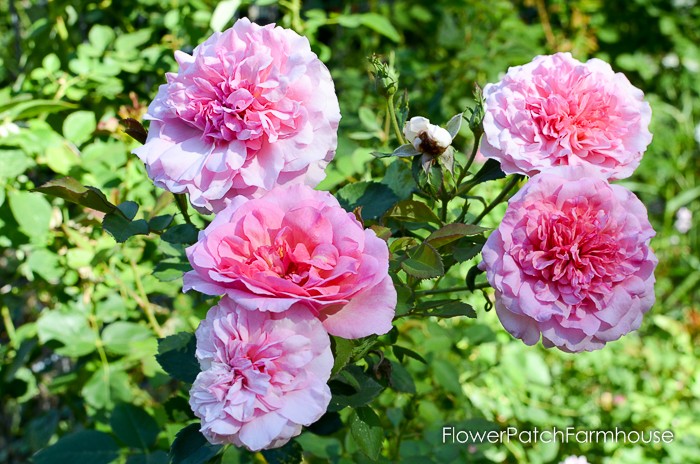
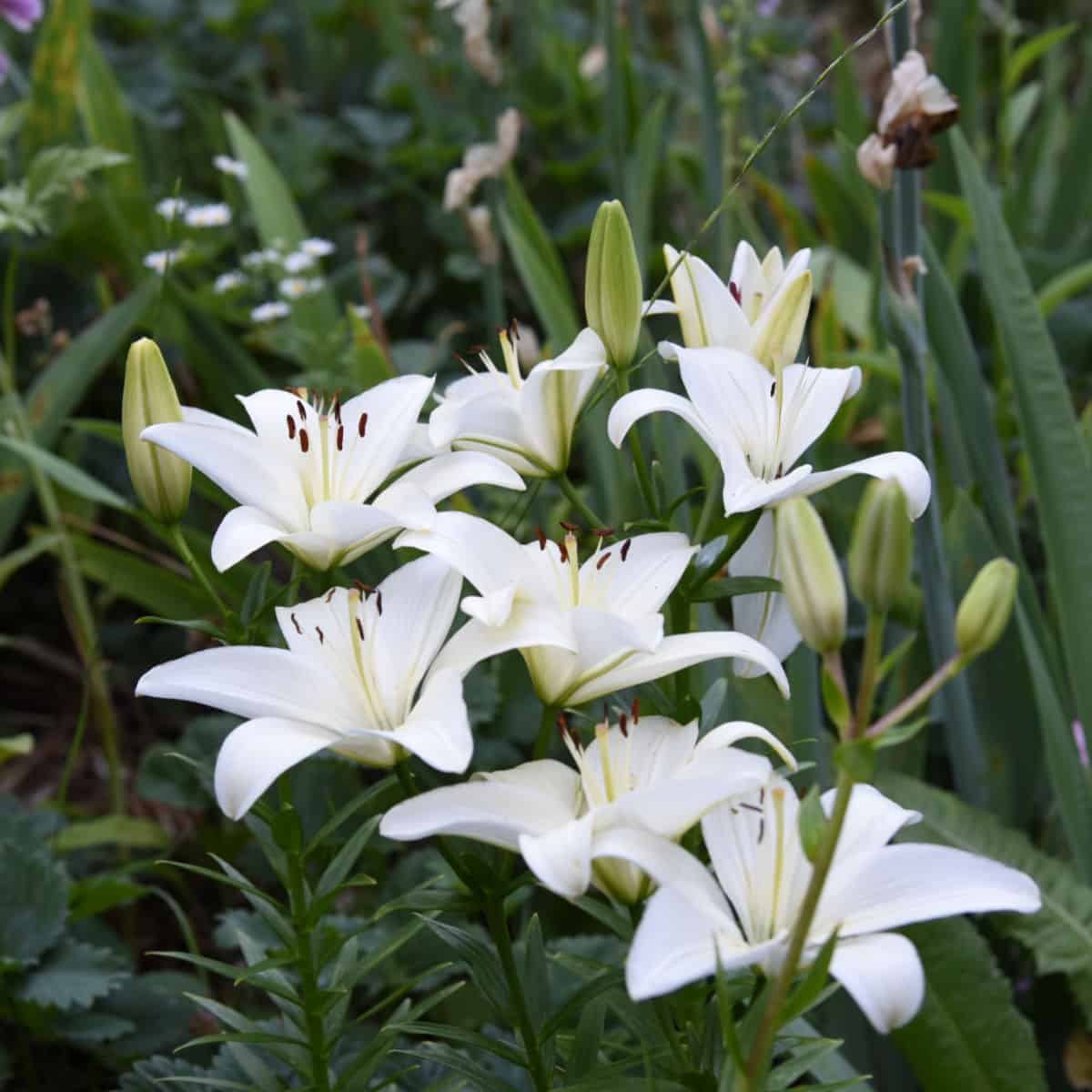
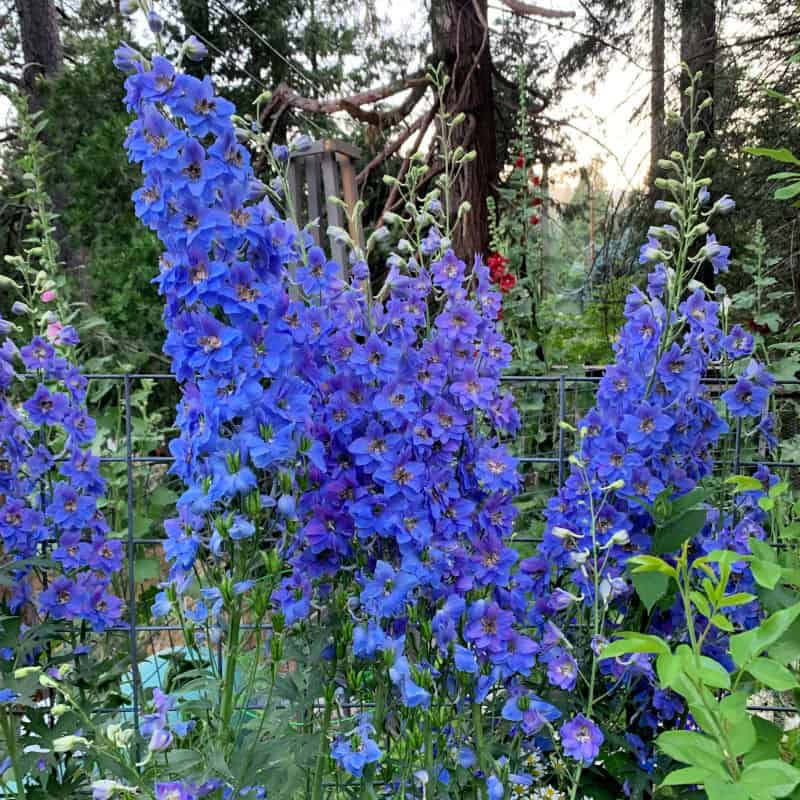
Thanks for the valuable information. We have a veritable plantation in our small apartment and do have gnats from time to time. I knew they eggs in the soil but had no idea they were so prolific! I feel encouraged about my Christmas cacti because of your instructions on propagation. My very best wishes.❣
No, they won’t harm the dahlia tubers or animals.
Hello ! Thank you sharing this information. I just planted Dahlia flower bulbs and I noticed these tiny flies. I’m completely new to planting flowers, i am in need of much information and help I can get. Will the mosquito bits in the soil affect the newly planted flower bulbs? Thank you 🙏
@Debbie, these sticky tape work the Gnats are attracted to the yellow hate them
@Stacey, Thankyou will have to try this
I have a Peace Lilly and am starting again growing it because of Gnats and Neem Oil is horrible I used extra potting mix and repotted my plant but not right to the top
has to grow again it is outside at the moment but I have these yellow sticky thing’s they are good
I love all your idea. I will be using them.
I tried this idea I found online – same idea as the sticky strips
I brought some iris inside to get started for my daughters new home, so could have come from out side or the garden soil that was in the garage
Combine 1/2 warm water, 2T apple cider vinegar, 1 T sugar and about 1/8 t Dawn dish washing liquid
The cider vinegar attracts them, and the soapy water traps them
Worked really well. I used a shallow container,.
The repellent effect of common cinnamon has been tested and it is not strong enough to do the job. The ants may avoid that particular area briefly but the powdered cinnamon will soon lose any effect as it ages. Within a week it will lose any effect it initially has. Not only that but I have tested it in my own kitchen several times when I get an influx of ants and they walk across it as it if isn’t there. It simply does not work for me so I looked up the actual research on it. The cinnamon oil they used was hundreds of times stronger than anything we can buy and only using those concentrates did it have any effect. But those concentrates would also be detrimental to us to handle and breathe.
Ants hate cinnamon. They wont cross it. The cinnamon has a natural ant-proofing that it has evolved to be able to survive the multitudes of ants in its native growing area.
I’m so glad I found this post.
I have a spearmint plant that was attracting those gnats; actually I think it was the soil that I brought in from outside.
So to get rid of the gnats I ended up putting the plant (roots) in water instead.
Now, I know what to do.
Thank you again for this info.
Learned alot and didn’t realize the gnats were already in potting soil! Just ordered some sticky traps for when I need them! Thanks Pam!
Thanks for this post – especially the bit about letting the soil go dry. It irritated me to find the gnats coming out of my cactus plants’ soil…they had been bone dry for a week!
I also use the mosquito bits along with the sticky cards and have had good success getting rid of the buggers. I mix the bits in with everything I pot now.
😀
thanks for letting me know this trick. If the one I use stops working I will definitely give it a try or better yet treat new plants I bring home or repot with new bagged soil right away to prevent an outbreak.
Cool idea. I will have to experiment with this and see if it works for me too. Thank you.
I use the Orange Guard, which is safe for around pets. It is made of d-limonene from orange peels. I have not used sticky traps for the ants, I have use the Terro ant bait traps too which worked. I have to put them out each year about this time and in my garden.
My trick for Fungus Gnats was really discovered by accident. One day while I was chopping some fresh Ginger root, I noticed the pesky gnats swarming around some seedlings I had started in the kitchen window. I took some of the peeling of the Ginger and chopped it in small pieces and just laid the pieces on top of the soil here and there. Next day… NO Gnats! WIN!!
Now that we have concurred gnats, how about tiny little ants that come in March and April. I wipe the counters in my kitchen every 15 minutes. I have a cat that won’t eat his food, but will eat anything that he is not supposed to. Will the sticky traps work for them?
Great post – I learned a lot!